APART FROM BEING A MOST POETIC OBJECT WITH A FLOWER POWER THAT GOES BACK TO THE DESIGNER’S CHILD MEMORIES, THE RECENTLY DEVELOPED MINE KAFON BY AFGHANISTAN-BORN AND NETHERLANDS-BASED DESIGNER MASSOUD HASSANI, PRESENTS ITSELF AS A MUCH MORE AFFORDABLE AND EFFICIENT SOLUTION FOR ONE OF THE MAJOR PROBLEMS IN HIS COUNTRY OF ORIGIN AND OTHER WAR-TORN REGIONS. IT IS ONE OF THE BEST EXAMPLES OF AN OBJECT IN WHICH BOTH ASPECTS, THE SOCIAL AND MEMORY, PERFECTLY BLEND. MAX BORKA REPORTS (IMAGES: © MASSOUD HASSANI/ RENE HULST)
AFGHANISTAN / NETHERLANDS
MASSOUD HASSANI: MINE KAFON/ (2011-ONGOING)
The exact number of landmines is unknown. However, it is estimated that millions of landmines and other ‘unexploded ordnance (UXO)’ are buried in more than seventy six countries and territories. The landmines can remain active more than fifty years after they are planted in the ground. The problem is probably the most acute in Afghanistan, laden with an estimated 10 million mines, and therefore one big minefield, turning even a little outing into a Russian Roulette,. Its capital Kabul is the most heavily mined capital city in the World. Grazing lands, waterways, schools, paths, villages and cities are infested with mainly Anti-personal mines that are responsible for depopulating vast tracts of the countryside, affecting food supplies into the cities and crop harvests.
The minesweeper which Massoud Hassani designed as part of his graduation research on air, fire, earth and biomimicry at the Design Academy Eindhoven, is different from all others, and not just because it shows biomimicry at its finest – reminiscent as it is of a giant clump of feathery, white dandelion seeds – but also because as a decommissioning device, it might offer a much cheaper solution compared to the already existing ones.
TOYS-
The Mine Kafon took its inspiration from memories of the toys Hassani developed as a child in Afghanistan: “One of my favorite toys was a small rolling object. It was powered by the wind. My brother and I used to race against the other kids on the fields in our neighborhood. There was always a strong wind, and our toys rolled way too fast and too far. Mostly they landed in areas, where it was impossible to retrieve them, since they were full of landmines. The friends we lost are still on my mind. After 20 years, I went back to my childhood and made those toys all over again, but 20 times bigger, heavier and stronger.” Powered by the wind, the Mine Kafon that resulted might well be described as a design that returns for revenge: it is meant to roll about, detonating any mines in its path.
LIGHTNESS OF BEING-
Born in Kabul, Afghanistan, Hassani also lived in Pakistan and Uzbekistan, before migrating to the Netherlands in 1998. There are 10 million landmines registered, maybe more unknown. The Mine Kafon consists of a heavy plastic and biodegradable core containing a GPS (global positioning system) tracker, and attached to bamboo sticks with plastic feet at their end that enable the device to ‘walk’. Wind-blown, the bamboo ball loses spikes each time it touches upon and a landmine and brings the device to explosion. The onboard GPS can map areas that have been cleared of mines. Built out of inexpensive, prefabricated materials, the Kafon costs around 50 Euros, incredibly cheap compared to the 700 Euros it usually costs around to deactivate a single landmine, while the cost of repairing or replacing is also far lower than with traditional mine clearing devices. But its greatest asset is no doubt the poetry of its look, its lightness of being, in deep contrast to its heavy task, and the cruelty it has to combat.
SCOUTING-
Nominated for a Design of the Year award at the London Design Museum, Hassani had his working models tested in Morocco by the Dutch Ministry of Defense, which found it was not without flaws. Hans van der Slik, commanding officer at the School for Explosive Ordinance Disposal stated that “the current design is not suitable for actual mine removal, since the United Nations requires a 98 per cent clearance of affected areas.” However, he could see a role for the Mine Kafon “as a scouting tool and landmine indicator,” van der Slik added, “to see if a suspected area is indeed a mine field.” He therefore also advised to modify the prototype to make if fit for that function. The existing models being just prototypes Hassani is working on an improved version. massoudhassani.blogspot.com/minekafon.blogspot.com
THE MINE KAFON HAS BEEN SELECTED FOR THE MAPPING THE DESIGN WORLD MEETING POINT AT RECIPROCITY, THE DESIGN BIENNIAL FOR SOCIAL INNOVATION IN LIEGE, BELGIUM, FROM OCTOBER 5 TILL OCTOBER 28 2012, AND WILL ALSO FEATURE IN THE ACCOMPANYING MAPPING THE DESIGN WORLD MAGAZINE – FOCUSING ON SOME 100 EXAMPLES OF (DO) GOOD DESIGN PRACTICE FROM AN EQUAL NUMBER OF COUNTRIES

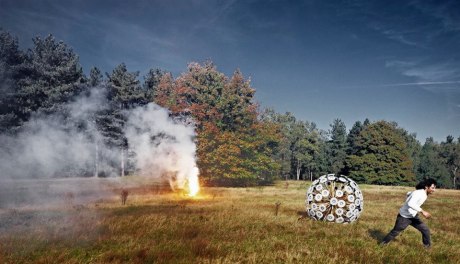
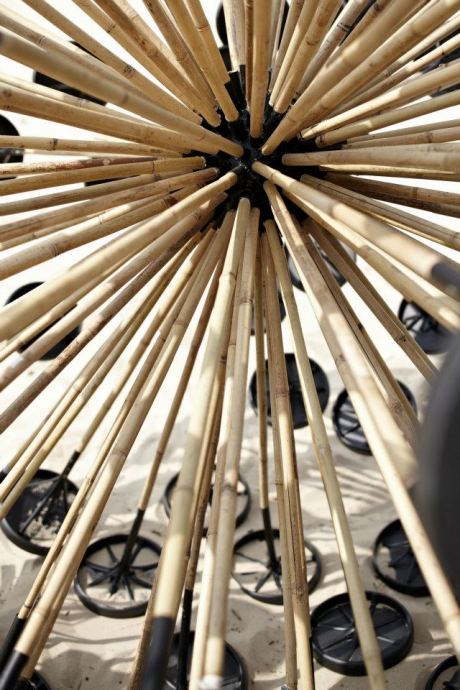
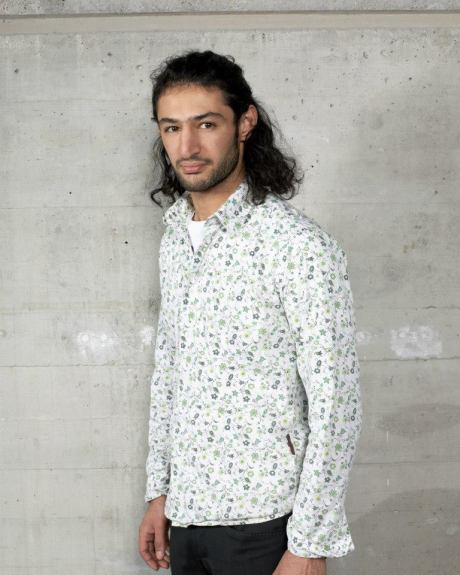

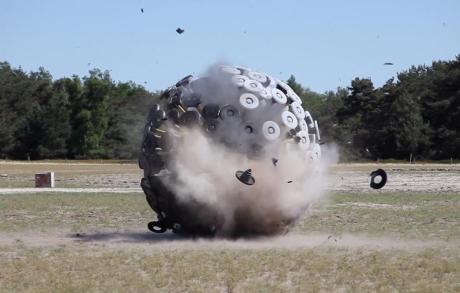
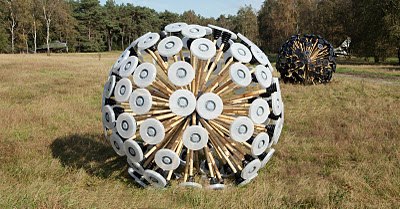
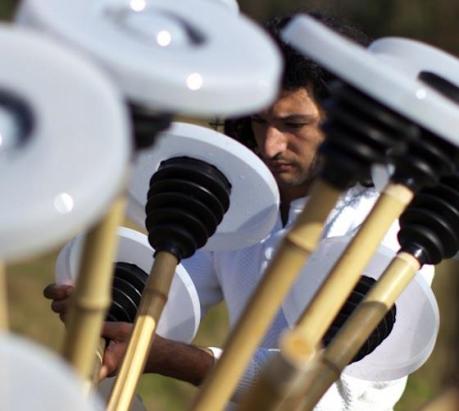
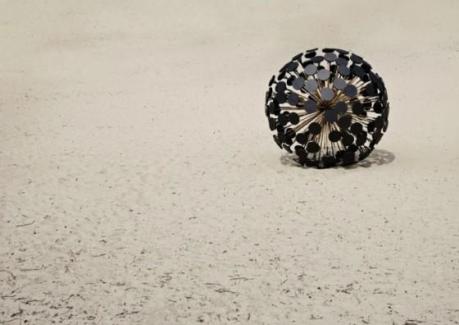
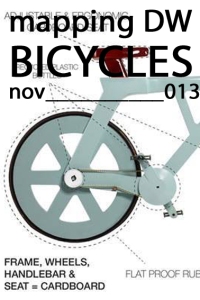


Leave a comment